Create Growing Areas Everywhere
Grow your own food! The first rule is grow only what you will eat, and what grows well for your area. Here is an example of 4 "grow areas" (or gardens and groves) that I contemporaneously (as it happens) built as we slowly developed our 14 acre homestead in a tree farm.
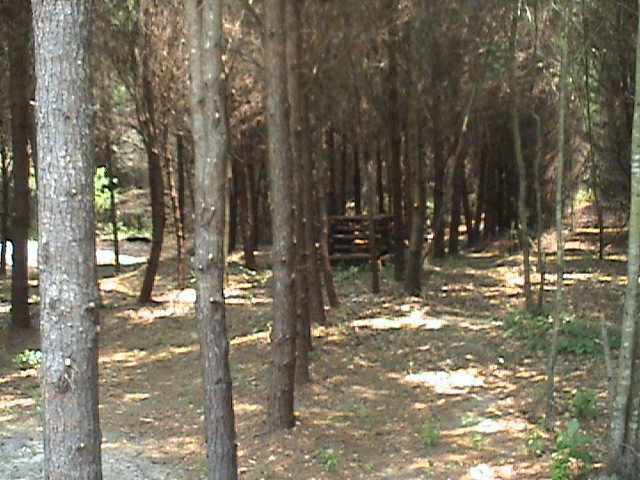
- The first grow area is a large, fenced in circular "herb garden" with a sprinkler head 4 feet high in the middle. Here I have peppers (2 kinds), rosemary, spaghetti and Seminole Indian squash, lemon grass and luffa. It's fenced in and adjoins our outdoor shower. Right outside it I have turmeric and sun chokes which die off in the winter so I put them on the south side of areas where I need the sun in the winter and shade in the summer.
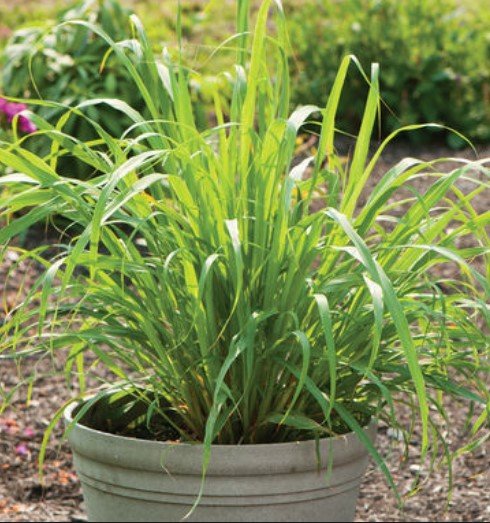
- The second grow area is a fruit grove of about 25 trees: plum, peach, fig and persimmon and along side it is some fenced in areas with sweet potatoes, melons and Seminole Indian squash.
- The third grow area is 15 figs that are all about the property, a "mushroom patch" (logs) and a single pomegranate tree. They were put wherever we had openings.
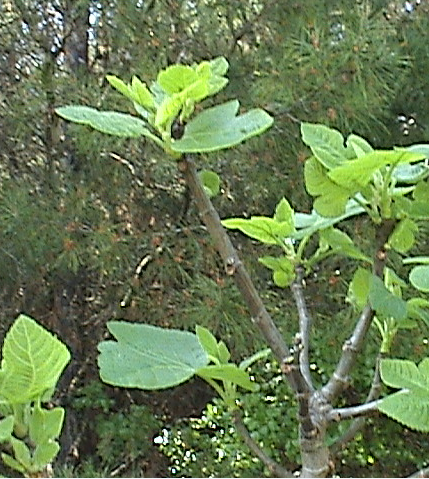
- The 4th grow are is in my green house (made out of 10 sliding glass doors we found in a dumpster). Inside the greenhouse I have cilantro, celery, 3 citrus trees, tomatoes, pineapple, rose bushes and strawberries. In here I also have a mini worm farm for vermicompost. I work in here for starter plans, propagation and use the greenhouse to protect things in the winter.
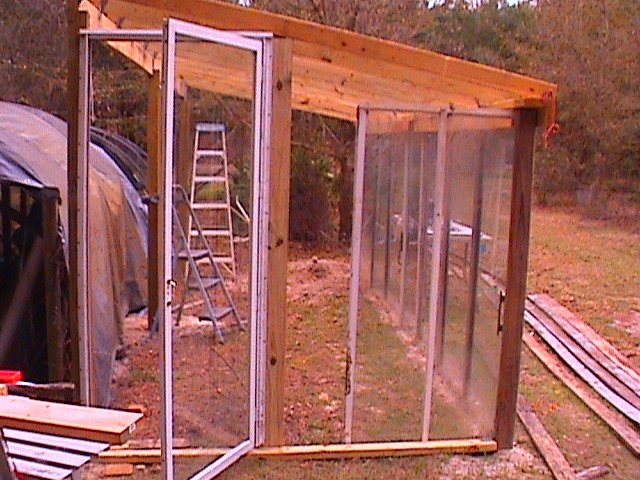
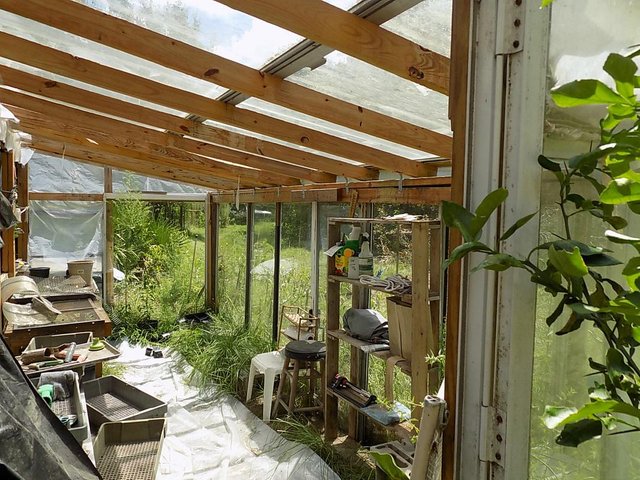
Whew! I think that's it. We establish the grow areas all around our 14 acre tree farm along our interior roads and around our chicken coops and out door kitchen wherever it's convenient, and whenever we have time and money to put into it. I'm planting 2 luffa's on the side of my chicken coops just to shade them. Luffa dies out in the winter, so the sun can warm the coops. We only plant what we eat and what grows well for our area. We use the farm for education inviting homeschoolers for tours and making flyers on the edible wild plants and how-to sheets on growing and maintaining everything.
Here is an example for "Rattlesnake Root"
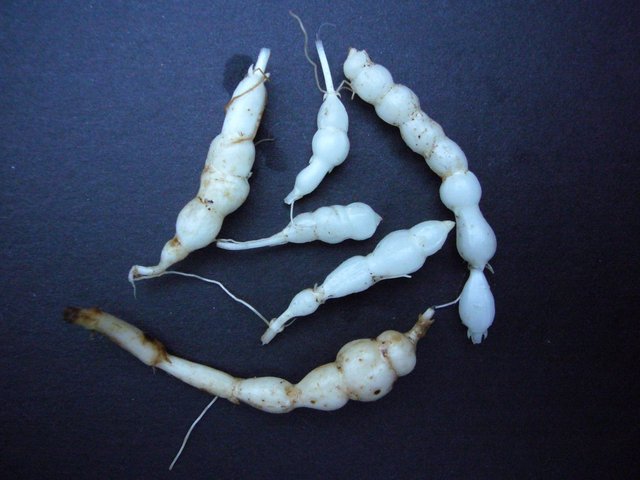
IDENTIFICATION: Rattle Snake Root is square-stemmed and is erect, & hairy. The stems go up to 18 inches tall. The flowers occur in clusters of 3-6. The tubers are the edible part and look like a rattlesnake’s rattle, about finger length long and are underground.
TIME OF YEAR: The best roots are fat and ready to eat before summer. Roots are near surface but can be found 6” down. During the hot months the plant can disappear to reemerge in fall.
ENVIRONMENT: Moist yet well-drained areas, such as lawns.
METHOD OF PREPARATION: Roots can be cooked, or eaten raw. It tastes like a watercress or cauliflower and the texture, however, is like a radish. They are crispy in salads, great in stir fries. Leaves and shoots of the plant can also be eaten but are best mixed with other greens.
NUTRITION Per 100 grams (g): Calories 75, fat 0, fiber 2 g, protein 2.6 g, carbs 17 g, cholesterol, sodium & sugars 0. This food has chemicals which have antioxidant activity.